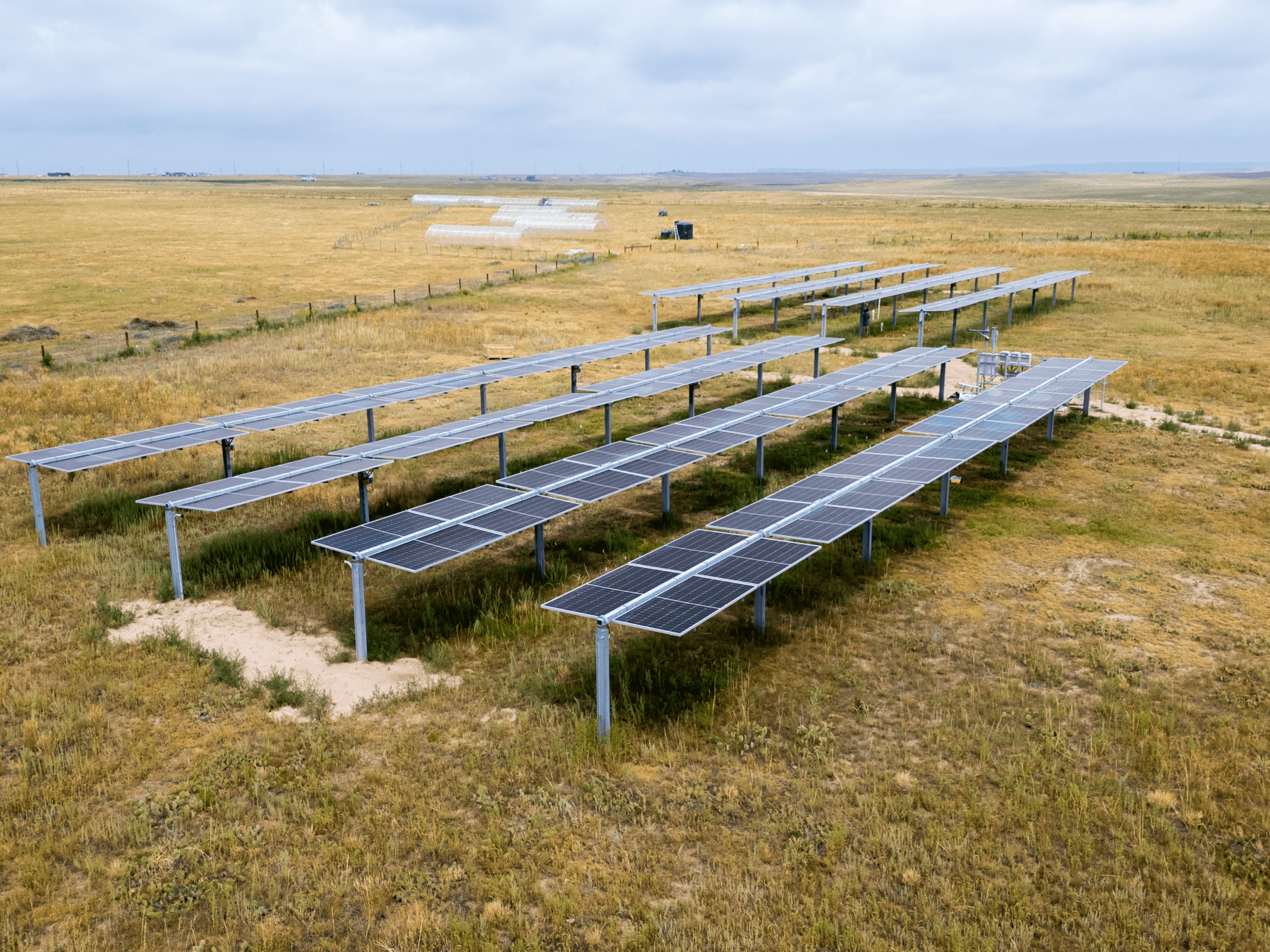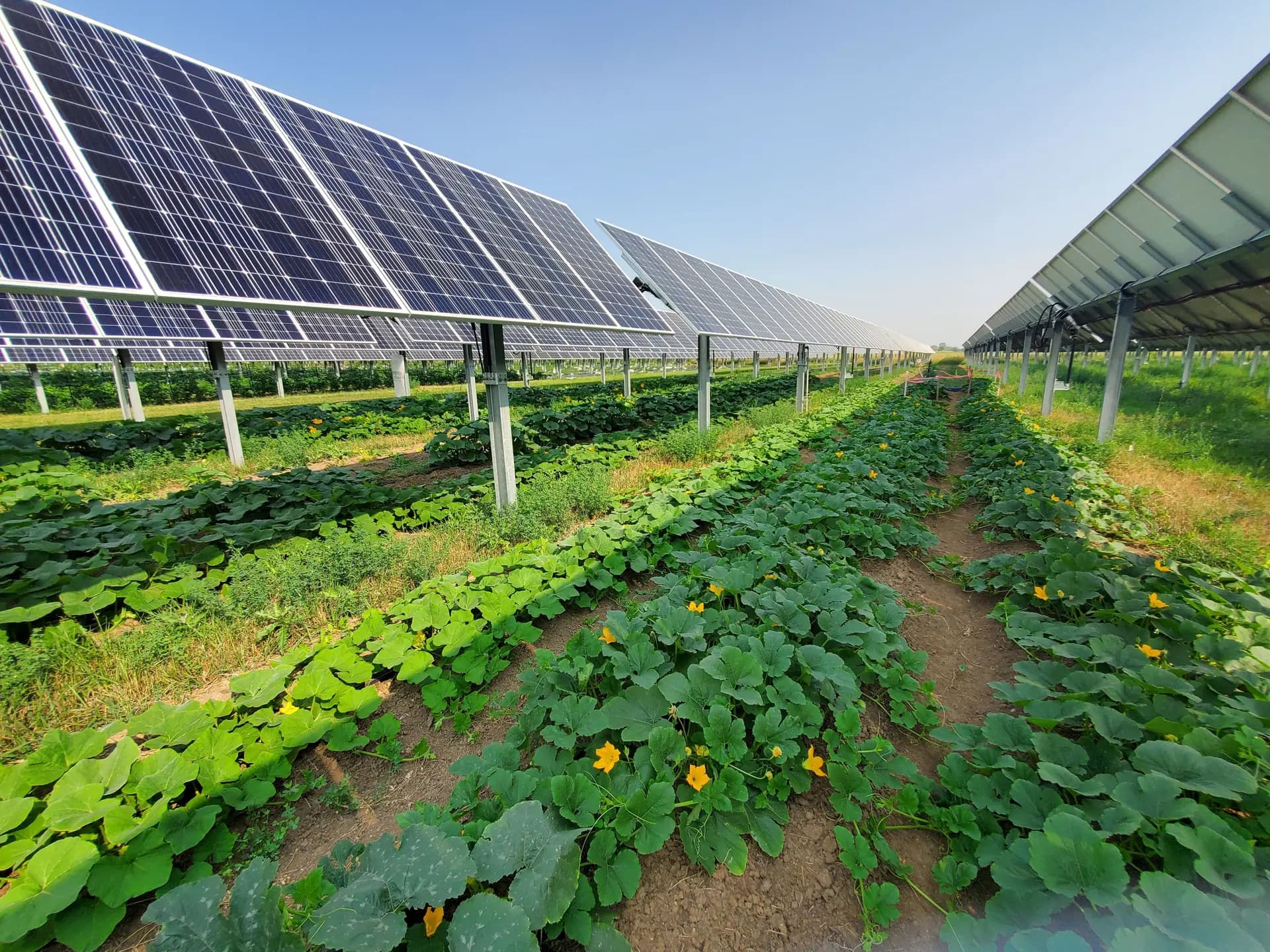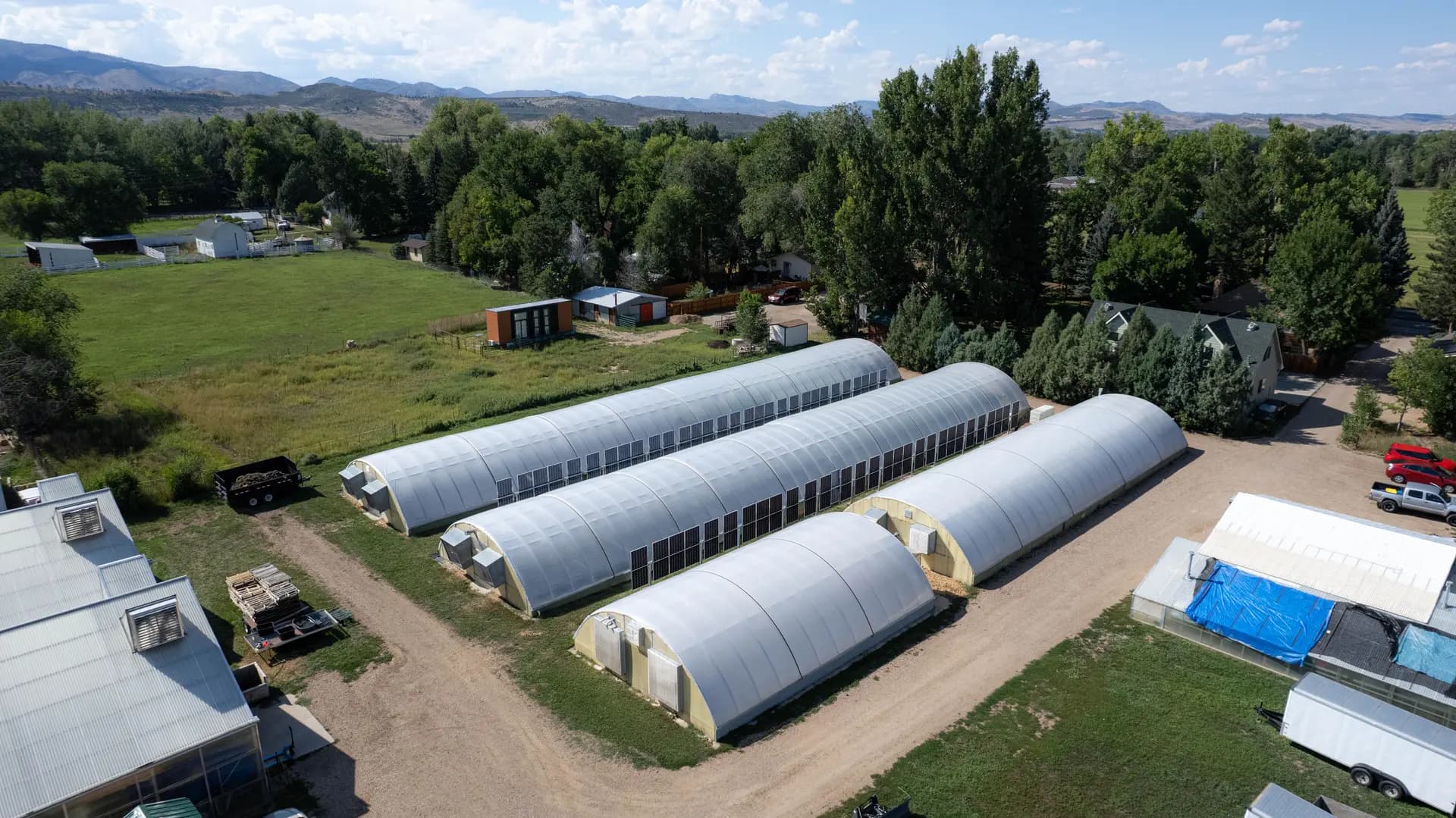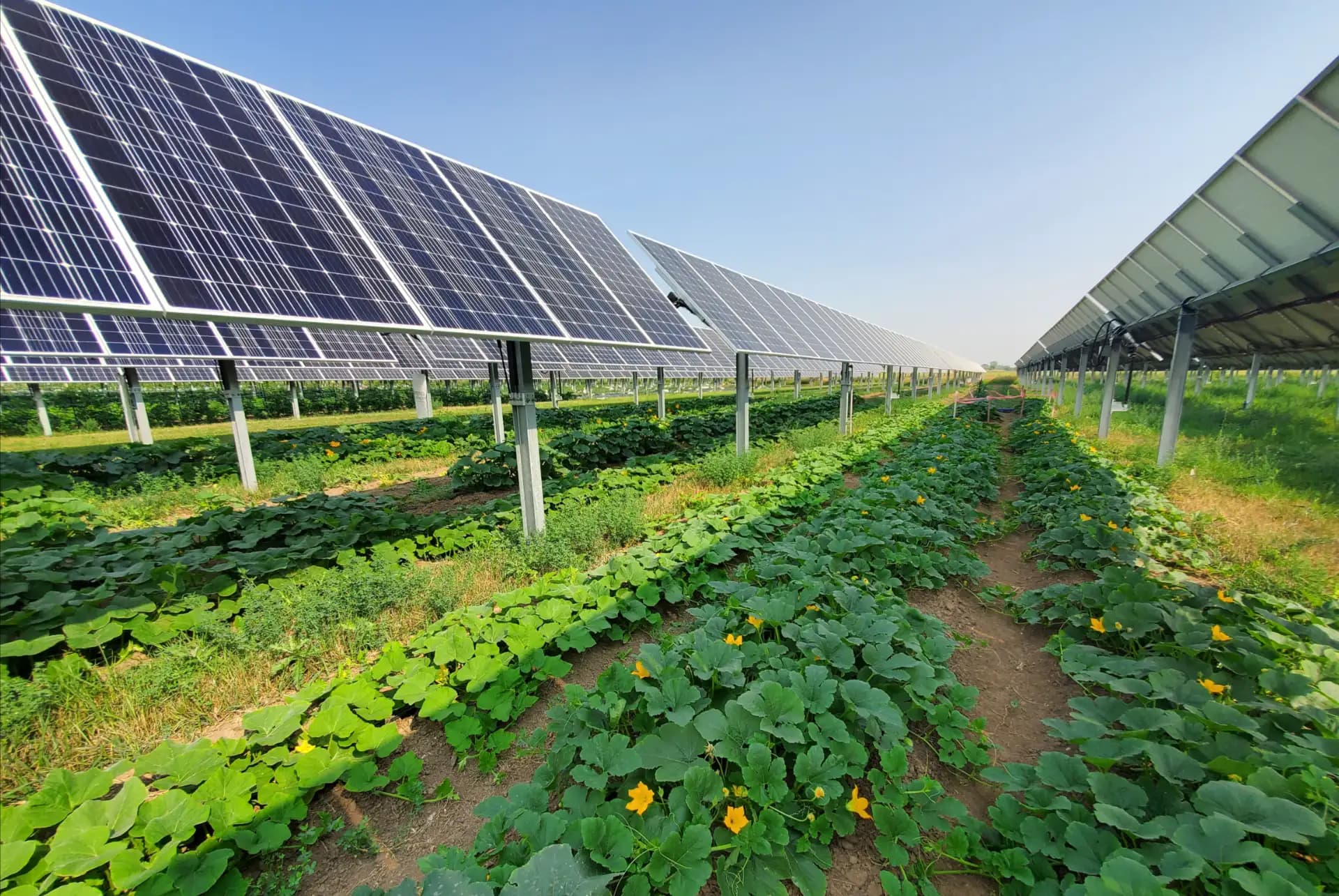Agrivoltaics for Small Operations: Is It Worth It?
Exploring the viability of agrivoltaics for small-scale producers and operations.
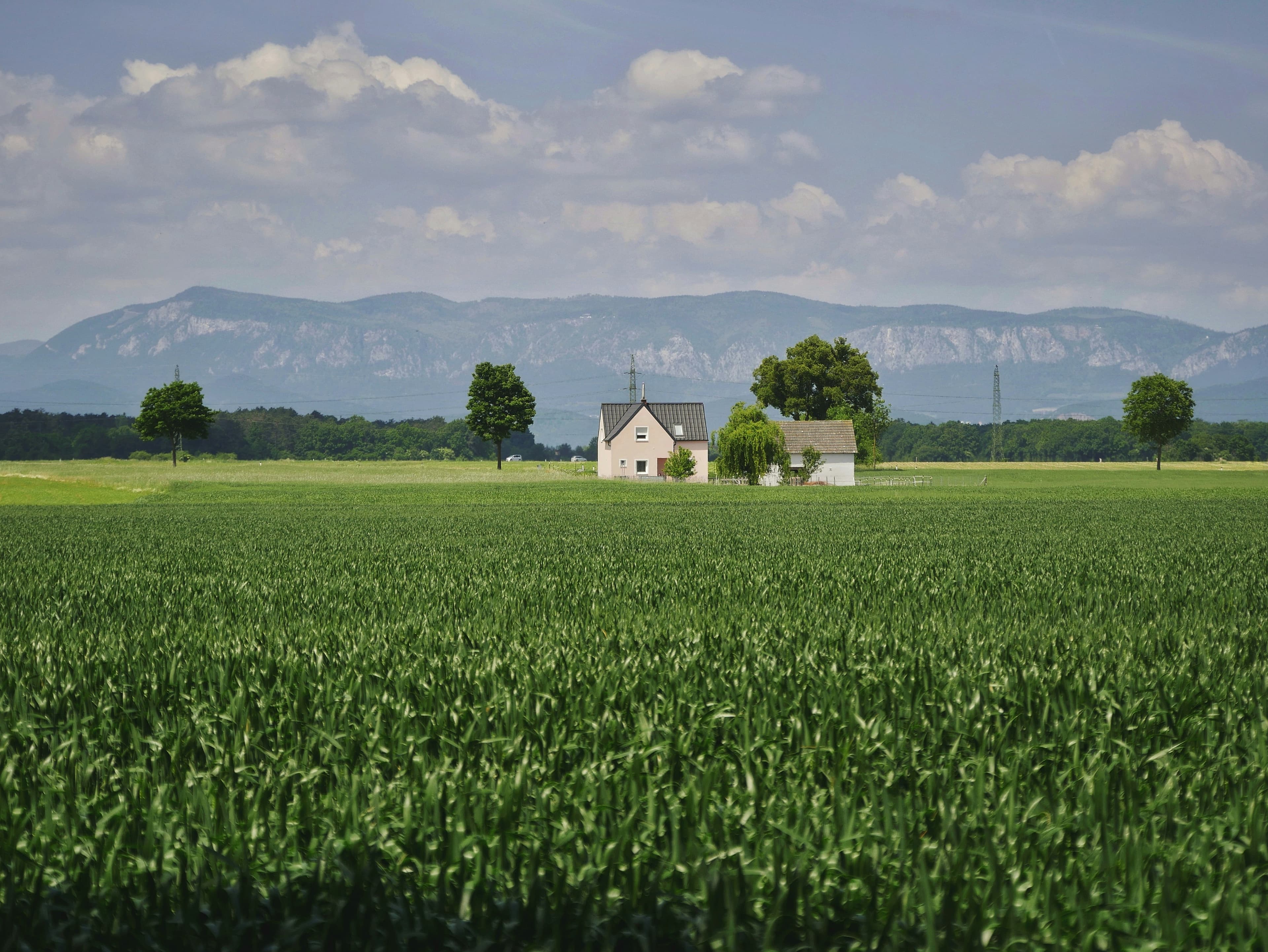
As the agricultural sector faces increasing stress from climate change, water scarcity, and rising land costs, many small-scale farmers are asking: Can agrivoltaics, the practice of combining agriculture and solar energy, offer a plausible solution for the future? While agrivoltaics has proven successful from a solar development perspective, can this strategy be applied to operating farms? The potential is just beginning to unfold, but is it worth it?
The Challenges for Small Farms
Small operations face limitations that make standard solar development difficult. Limited available land, lower investment expenditure, and tighter margins stress the need to count every dollar and square foot. The promise of dual-use is tangible; however, its feasibility depends on several factors.
- Upfront Costs - Installing agrivoltaic projects can incur additional costs compared to traditional solar development. Custom design increases costs, but with a thorough understanding of payback periods and local incentives, the total price can become approachable.
- Crop Compatibility - Not all crops benefit from shade; understanding your crop and the climate is essential to feasibly design a working system.
- Technical Expertise - Integrating solar and agriculture requires coordination, and solar design should maximize both food and energy production.
The Hidden Advantages
Given the challenges, agrivoltaics possess tangible benefits for farms of all sizes.
- Microclimate Benefits - Shading created by solar panels limits plant heat stress, lowers evapotranspiration, all while protecting the crops against extreme weather events. In drought and heat-prone areas, these benefits greatly increase production.
- Energy Independence - Solar energy has the opportunity to offset on-farm usage, saving money in the long term.
- Diversified Income - Generated energy can be sold back to the grid, and Power Purchase Agreements (PPA) provide an additional steady income source.
Real World Examples
- Bifacial Solar Fence - Spring Hill Greens, a northern Colorado Farm growing microgreens, strived to be fully carbon-neutral. They reached out with limited space to install solar between hoop houses. Installing solar panels in a vertical fixed position occupies a low footprint allowing solar production to be placed in tight spaces.
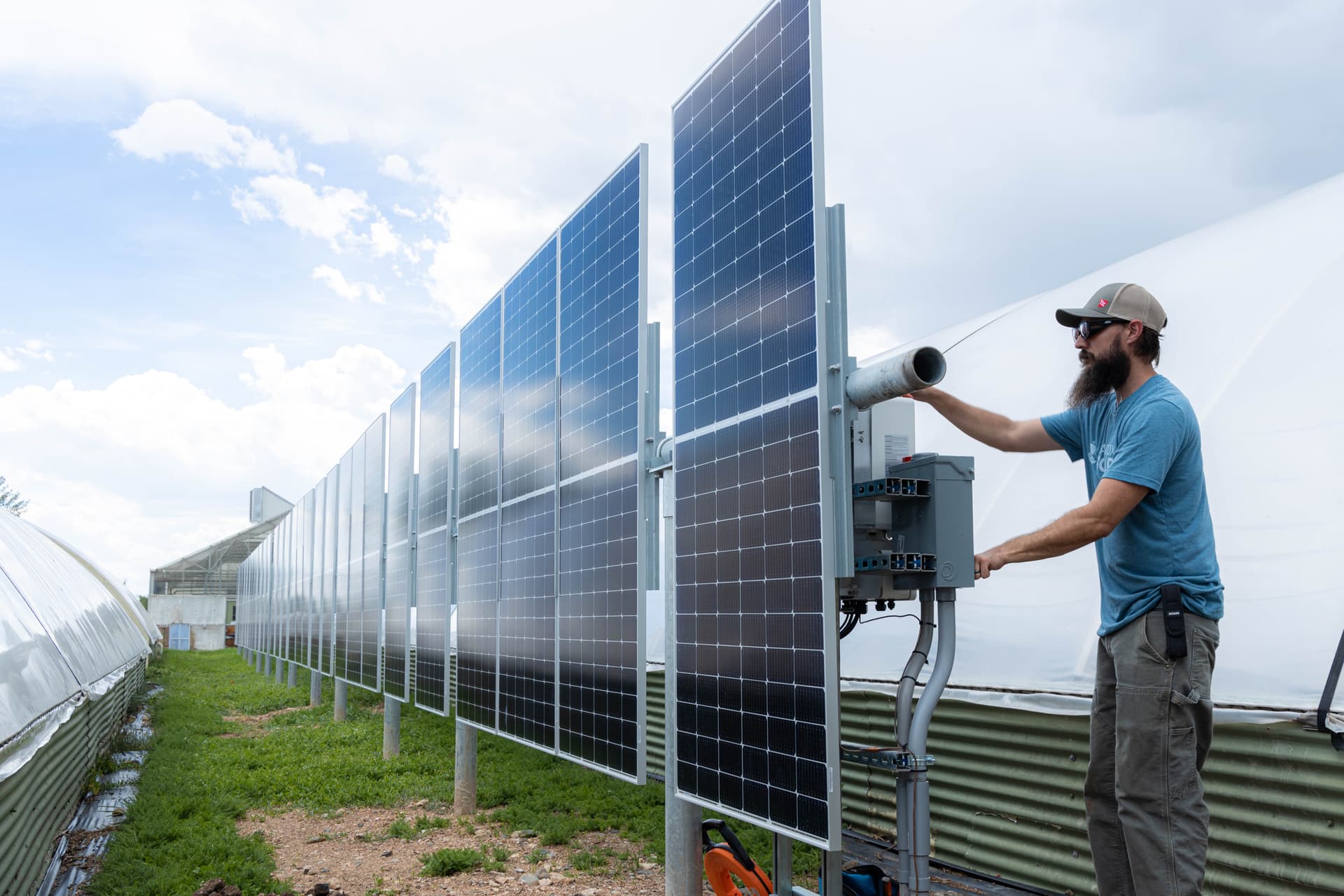
- Mobile Agrivoltaic Array - Native Hill Farms, a diversified vegetable farm, wanted to expand their solar capacity, yet ran out of viable roof space. Accommodating their mobile greenhouse structures that allow for crop rotation and cover cropping. We developed a mobile solar array that interoperates with the greenhouse, allowing soil to rest underneath.
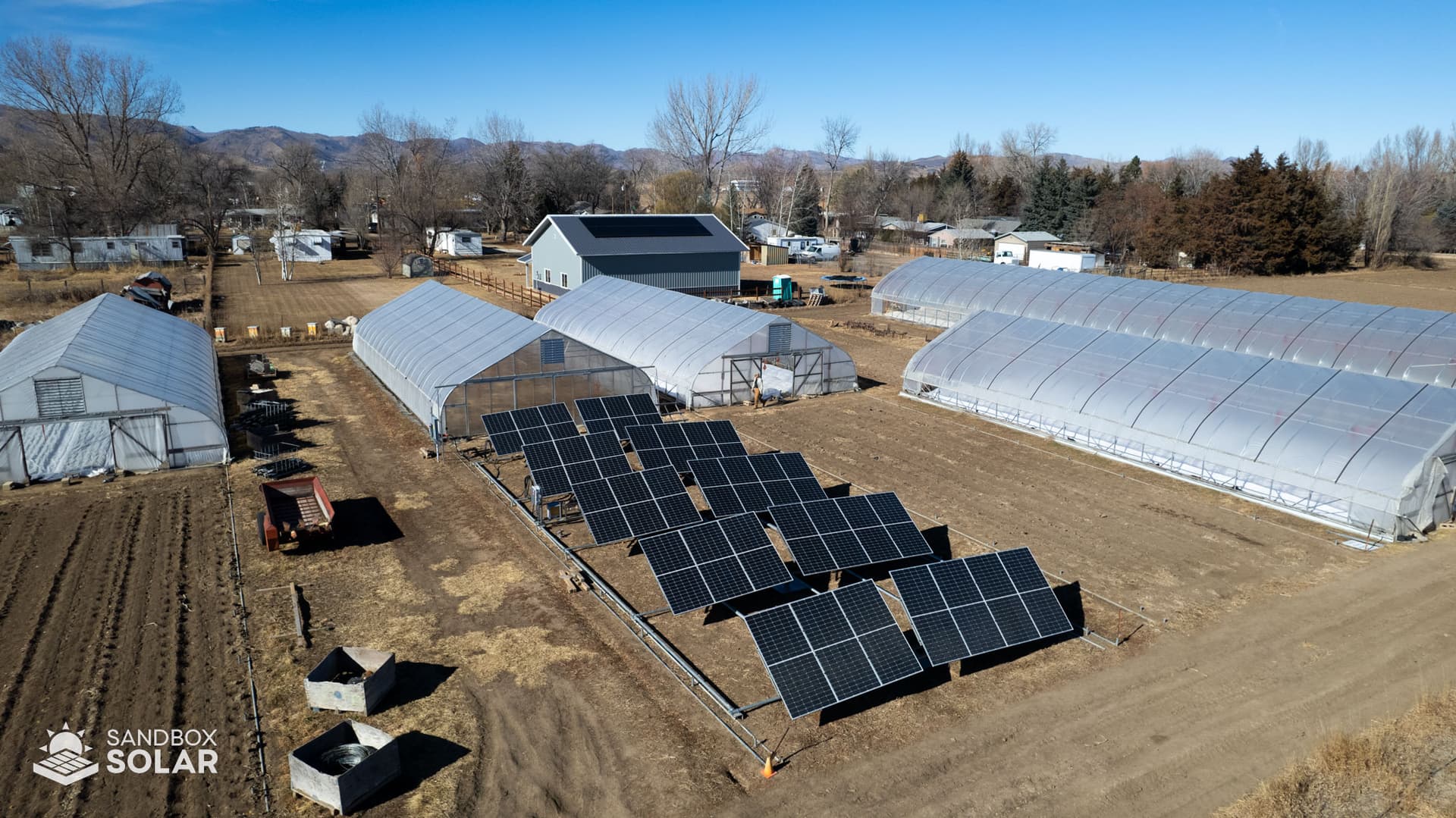
Is It Worth It?
If you are a small-scale farm operator, here are a few questions you can ask yourself:
- Do you have energy expenses that solar could offset?
- Is your land exposed to extreme heat or drought?
- Are you growing (or interested in growing) crops that benefit from partial shade?
If your answer is yes to all or any of these questions, agrivoltaics should be considered as an investment opportunity for your operation. Paired with a deep understanding of funding, permitting, and design, a well-thought-out plan agrivoltaics becomes a wise decision.
Final Thoughts
Agrivoltaics is not a one-size-fits-all solution. For farms seeking sustainability, resilience, and innovation, it offers a compelling opportunity. As this nascent technology matures and policy support grows, small-scale agrivoltaics will become a cornerstone of regenerative farming.
Interested in agrivoltaics for your operation? Reach out to us! At Sandbox Solar and Spade Agrivoltaics, we have a breadth of experience working with small-scale farmers. Consider us your expert sidekick; we are happy to assist throughout the entire process from permitting, design, and construction!
Article by Jack Donovan
